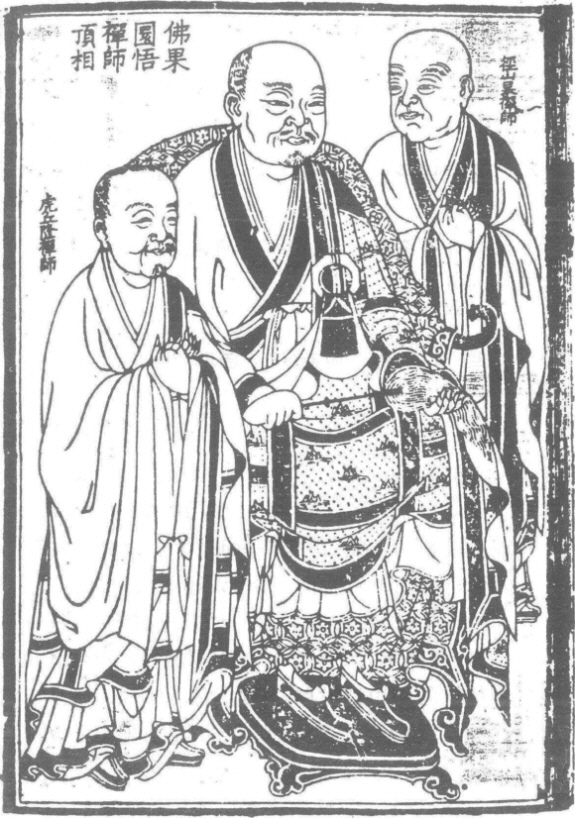Chapter 28 Section IX Whisk
Whisk is called "fly brush" in modern northern colloquialism.It is a tool for repelling gnats, which is equivalent to "the function of a horse's tail".Its shape is generally: a slender handle, usually made of wood, bamboo, and rattan, and high-grade ones made of teeth, rhinoceros, jade and other materials; it is connected with the handle, like a half-ball-shaped main shaft of bundled hair The bottom ring is usually made of bone, tooth, rhinoceros and other materials.The bristles planted on the pile loop are generally made of long, soft and medium-hard bristles.Commonly known as "whisk".
Buddhism attaches great importance to the whisk.It is said that when Shakyamuni came down to the world from the Buddhist calendar, the Brahma King held a white whisk to attend him.Therefore, Buddhism attaches the most importance to the white mane whisk.
In addition, the Ministry of Vinaya also contains records that Sakyamuni taught monks to prepare various dust whisks in order to prevent mosquitoes and flies.
It is best for the monks who preach the scriptures to hold utensils in their hands to help them sway.Celebrities in the Wei and Jin Dynasties talked about it, and often held the tail of the stag, thinking it was a talking point.The monks who participated in the talks also held on, and what they talked about was the meaning of Buddhist scriptures.Celebrities and talkers sometimes hold ruyi in their hands, and monks also borrow them for use, and they hold them more persistently than stag tails, and they have the intention of turning them into their own special utensils.But Taoism pays more attention to wishful thinking, so Buddhism doesn't compete with Taoism much for it.
Whisk, in secular people, is originally held by waiters and maids.Since the Northern Song Dynasty, Zen has insisted on teaching.When the abbot goes to the hall to speak, he must use the whisk, which is called "Bingfu".Only the monks who have authorized five positions can Bingfu, commonly known as "Bingfu five heads", they are: the head of the front hall, the head of the back hall, the master of Eastern Tibet, the master of Tibet, and the secretary.This provision is still in force today.Now the abbot of the Zen forest and the lecture hall is still holding a whisk in his hand.

A monk holding a dust whisk and wearing dharma clothes (illustration in "Quotations of Zen Master Huanwu" by Yuan Dade)

A monk holding a dust whisk and wearing dharma clothes (illustration in "Quotations of Zen Master Huanwu" by Yuan Dade)
